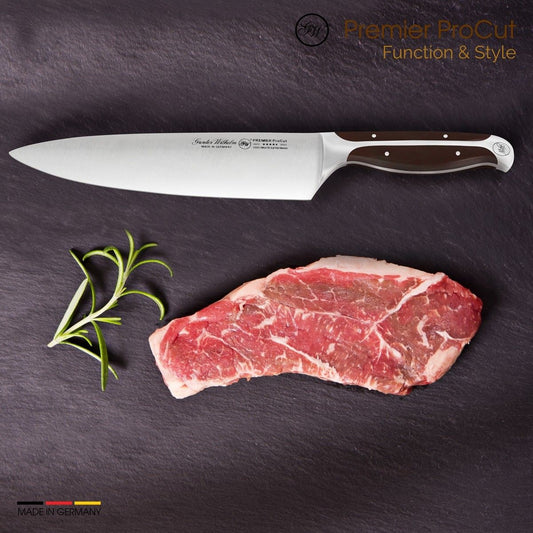Food Truck Frenzy: From Concept to Recipe Development
Food trucks have taken the culinary world by storm, offering unique and exciting dining experiences in a compact, mobile format. But behind every successful food truck is a carefully curated concept, menu, and recipe development process that makes it stand out in a crowded market.
From choosing the right theme and branding to crafting a signature dish, developing a food truck menu is both an art and a science. This guide explores what it takes to create a food truck menu that not only attracts customers but keeps them coming back for more.
1. Defining Your Food Truck Concept
Before diving into recipes, a food truck needs a strong concept that sets it apart. A great concept includes:
✔ Unique Theme – What type of cuisine or fusion will you serve? (e.g., Korean-Mexican tacos, gourmet grilled cheese, plant-based burgers)
✔ Brand Identity – Your food truck’s personality, logo, and menu design should reflect a consistent style.
✔ Target Audience – Are you catering to busy office workers, festival-goers, or late-night diners?
✔ Local Food Trends – Research what’s popular in your area to create a relevant and appealing menu.
Example Concepts:
- Taco Revolution – A fusion taco truck mixing global flavors (Korean BBQ tacos, Thai peanut tacos, Cuban mojo pork tacos).
- The Meltdown – Specializing in gourmet grilled cheese with unique cheese blends and add-ons.
- Farm to Street – A farm-to-table food truck featuring seasonal, locally sourced ingredients.
A well-defined concept makes marketing and menu planning more focused and effective.
2. Developing a Standout Food Truck Menu
Once you have a concept, it’s time to craft a menu that is:
✔ Memorable – Offers bold flavors or creative twists on classic dishes.
✔ Efficient – Uses a streamlined ingredient list to minimize prep time and waste.
✔ Scalable – Easy to prepare in a small kitchen with limited staff.
✔ Balanced – Includes a mix of best-sellers, seasonal specials, and dietary-friendly options.
How Many Items Should Be on a Food Truck Menu?
A good food truck menu has 6-10 core items, allowing for variety without overwhelming customers or staff.
🔹 Staple Menu Items – Dishes that define your food truck (e.g., a signature burger or signature taco).
🔹 Seasonal Specials – Limited-time items based on fresh, local ingredients.
🔹 Add-Ons & Upgrades – Extras that increase sales (e.g., extra cheese, guacamole, house-made sauces).
3. Recipe Development: Turning Ideas into Reality
A. Start with a Signature Dish
Every great food truck has one dish that defines it—something that makes people say, “You have to try this!”
✅ Must-Have Qualities:
- Unique but approachable
- Bold flavors and appealing textures
- Simple enough for quick service
- Cost-effective but high perceived value
🔹 Example: If you run a fried chicken truck, your signature dish might be:
- Honey Sriracha Fried Chicken Sandwich – Crispy buttermilk-fried chicken, drizzled with honey sriracha sauce, topped with slaw, and served on a brioche bun.
B. Balancing Flavor, Cost & Efficiency
For every menu item, consider:
✔ Flavor Profile – Does it have a balance of savory, sweet, spicy, umami, and acidity?
✔ Ingredient Cost – Can you use ingredients across multiple dishes to reduce waste?
✔ Prep Time & Assembly – Can the dish be made in under 5 minutes?
🔹 Example of Efficient Ingredient Use:
- A food truck serving Korean BBQ tacos can use the same Korean-marinated beef for tacos, rice bowls, and sandwiches.
C. Sourcing Ingredients for a Food Truck
Where you get your ingredients impacts both cost and quality.
✔ Wholesale Suppliers – Reliable for staple items (meat, cheese, bread).
✔ Farmers Markets & Local Farms – Great for fresh, seasonal produce.
✔ Specialty Distributors – Essential for unique ingredients like imported cheeses or specialty spices.
💡 Tip: Consider cross-utilizing ingredients—if you buy avocados, use them in tacos, salads, and a house-made sauce.
4. Perfecting the Cooking & Prep Process
A. Creating an Assembly Line System
A food truck kitchen is small, so efficiency is key.
🔹 Steps for Streamlining Service:
1️⃣ Pre-prep as much as possible – Chop veggies, marinate meats, and portion sauces before service.
2️⃣ Use an Assembly Line System – Assign tasks (grill, toppings, finishing touches) to speed up orders.
3️⃣ Test Cooking Times – Each dish should take no more than 5-7 minutes from order to hand-off.
🔹 Example: A burger truck might operate like this:
- Station 1: Grill the patties
- Station 2: Assemble buns, sauces, and toppings
- Station 3: Final wrap and hand-off
5. Testing & Tasting Before Launch
Before officially launching, test and refine your menu.
🔹 How to Test Recipes:
✔ Host Private Tastings – Invite friends or local influencers for honest feedback.
✔ Run a Pop-Up Event – Test your menu at a farmers market or local event before opening full-time.
✔ Monitor Sales & Adjust – Track which dishes sell best and tweak recipes accordingly.
6. Adapting & Evolving Your Menu Over Time
Once your food truck is running, keep things fresh by:
✔ Rotating Seasonal Dishes – Introduce limited-time menu items.
✔ Taking Customer Feedback – Listen to what people love (or don’t love) and make improvements.
✔ Tracking Costs – Adjust portion sizes or ingredients based on market prices.
✔ Following Food Trends – Experiment with new flavors or fusion concepts.
🔹 Example: A taco truck might add birria tacos for winter and grilled shrimp tacos for summer.
7. Sample Food Truck Menu (Fusion Street Eats Truck)
🍽 Mains
- Korean BBQ Tacos (beef, kimchi slaw, gochujang aioli)
- Spicy Thai Chicken Banh Mi
- Vegan Jackfruit Nachos
🥗 Sides
- Truffle Parmesan Fries
- Elote (Mexican street corn)
- Spicy Pickled Slaw
🍹 Drinks & Desserts
- Fresh Hibiscus Lime Agua Fresca
- Coconut Mango Sticky Rice
8. Wrapping Up: Creating a Food Truck Menu That Stands Out
Building a successful food truck menu takes creativity, strategy, and a deep understanding of flavors. By focusing on efficiency, cost management, and customer appeal, you can develop a delicious and memorable food truck experience.
Whether you’re serving gourmet burgers, fusion tacos, or plant-based street food, the key is to create bold, crave-worthy dishes that people can’t resist!
🚚 Are you ready to hit the streets with your dream food truck? Share your ideas and menu concepts below! 🍽🔥
Share:





